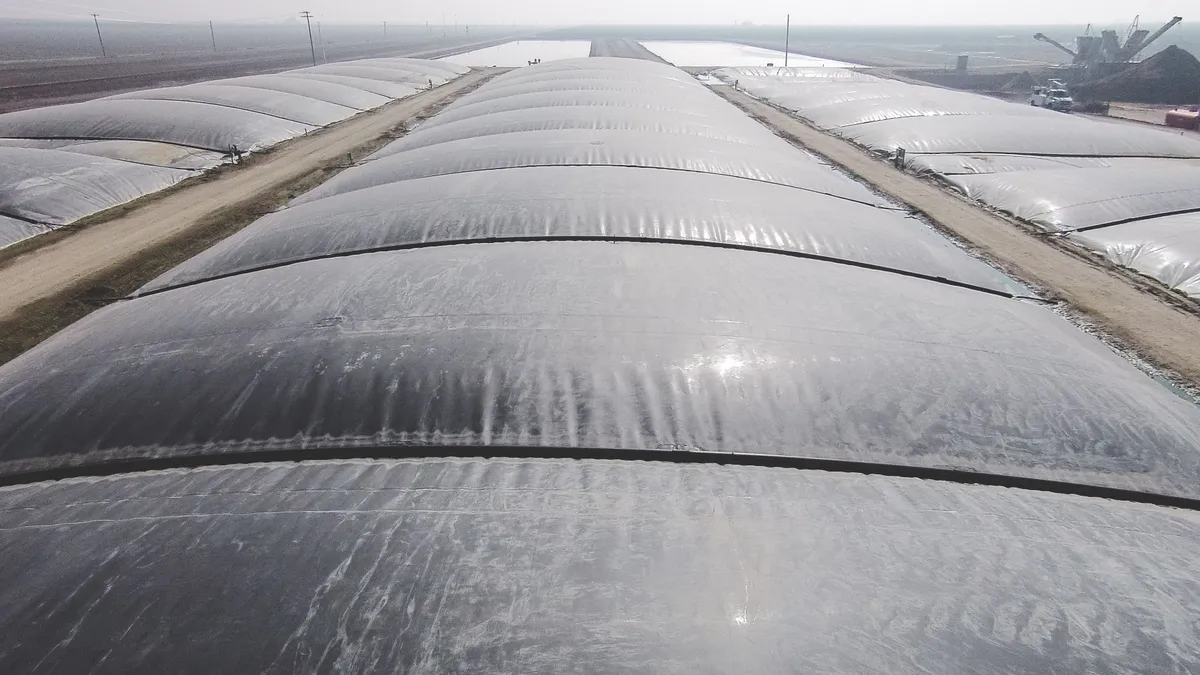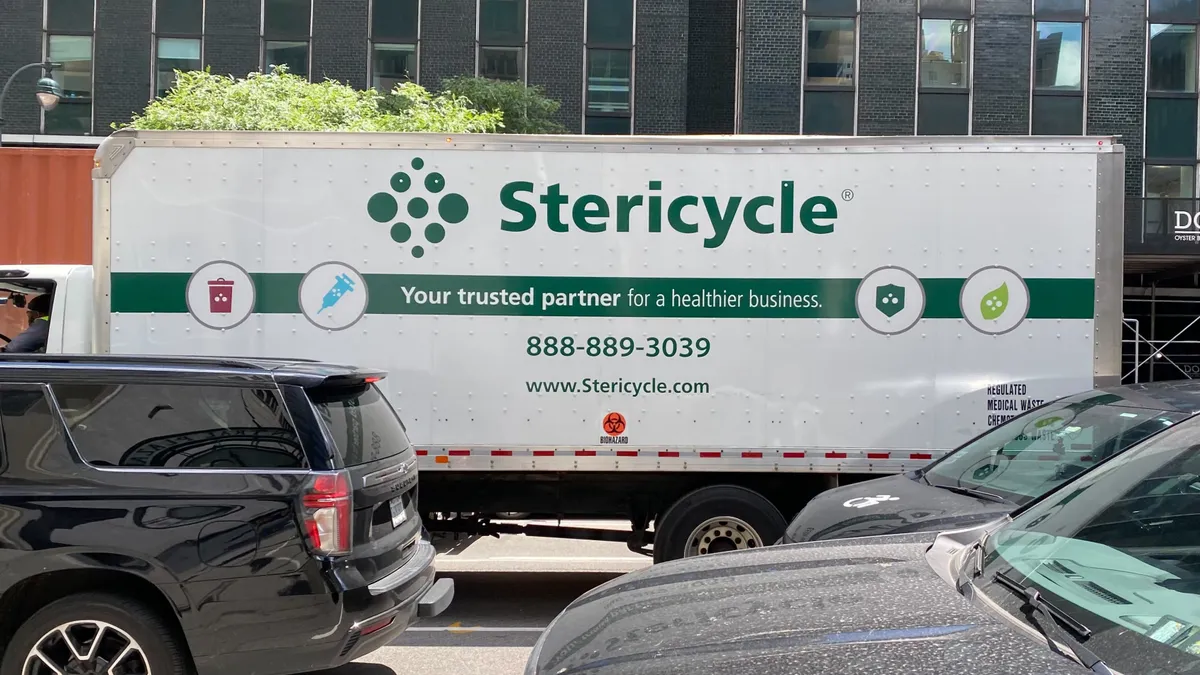Austin, Texas, adopted a new plan last week to renew efforts to help the city achieve its goal of zero waste by 2040. Austin first adopted the goal, which envisions diverting 90% of trash from landfills by 2040, in its comprehensive plan in 2011.
The city has grown rapidly since that time while also building out a more comprehensive system for addressing waste. Austin’s population grew by more than 20% over the last decade, according to the plan. Meanwhile, extreme weather events like 2021’s Winter Storm Uri have exposed cracks in the resilience of the city and state’s infrastructure.
Nevertheless, Austin Resource Recovery, the agency in charge of implementing solid waste policies, has set out a series of action items that it believes can bring the city within reach of its zero waste goal. They include building out new drop-off centers for material recovery, expanding recycling and composting services and bolstering data collection in a city where 85% of trash is hauled by private companies.
The plan noted the progress made since 2011. The city has, in the past, expressed concern over its stalled diversion rate, which currently sits at 37.6%. But the zero waste plan also notes that Austin’s recycling rate today is 36% higher than the national average, and the amount of waste produced per person per day has fallen from 5.6 pounds in 1995 to 4 pounds in 2022. Progress continues via the city’s universal recycling ordinance as well, which ARR continues to look for ways to supplement after completing the roll out of curbside compost collection in 2021.
“These efforts represent a sustained cycle of continuous improvement that will benefit our entire ecosystem,” ARR Director Richard McHale said in a statement accompanying the plan. “As discarded and surplus materials are diverted from landfills and turned into useful resources, people within and beyond the borders of Austin and Central Texas will enjoy cleaner and more sustainable communities.”
Infrastructure
Austin is mulling the creation of a transfer station, which it determined was economically viable based on the distance between collection and the TDS Landfill where ARR currently delivers trash.
The city's current disposal agreement with the landfill ends in 2030. Further ahead, the nine-county area in Central Texas has about 24 years of remaining landfill capacity.
The agency predicts multiple benefits from a transfer facility, including the potential for electrification — ARR's fleet currently travels distances too for the range of existing electric trucks, according to the plan. Reducing collection fleet travel time could also reduce overall costs while allowing ARR to extend the life of its vehicles and reduce the number of vehicles and routes.
Planning for a transfer station is still in the early stages, as the agency still needs to conduct a full planning and budget assessment for such a project. WM is also planning a transfer station at its Austin Community Landfill, per the plan.
"As our region continues to grow and volumes of trash, recycling, and organics increase, the development of a transfer station that can manage multiple material streams will become critically important to ARR’s ability to offer competitive service rates to residents," the plan notes.
Meanwhile, the city is also planning to develop a North Austin Recycle and Reuse Drop-Off facility to increase the convenience for residents looking to drop off hard-to-recycle materials.
The current Recycle & Reuse Drop-Off Center, operated by the city, managed 1,809 tons of materials in 2020. But the plan notes that in 2019, one-third of the visitors to the RRDOC came from the four zip codes closest to it in South Austin, meaning distance to the facility hindered accessibility for some residents.
The plan envisions developing a north RRDOC in the near term, and it is looking at other options to expand infrastructure — including at the now-closed FM 812 landfill owned by the city — over the long term.
Collections
The city's universal recycling ordinance, which was first enacted in 2010 and reached full enforcement in 2018, allows the ARR to exercise more oversight over diversion activities in Austin. The zero waste plan notes there's plenty of room for multifamily residences and commercial businesses to improve their diversion rates.
Hauling for those properties is conducted via an open market of private haulers, 11 of which service URO properties. Those haulers reported that in 2021, 73.3% of the waste they collected went to landfills, while 22.2% was recyclables and 4.5% was organics. The data shows "significant progress" is needed on that front to meet Austin's zero waste target, the plan's authors note.
In 2020, the city hired two code compliance officers to build out capacity for enforcing the URO. In 2021, those officers conducted more than 700 site visits and responded to five complaints, per the plan. The plan envisions stepping up enforcement activity going forward. It also anticipates developing "base-level service and diversion activity requirements for all businesses," and potentially tiered requirements on the recycling and organics fronts for businesses.
As part of the plan's URO vision, ARR also noted it would explore a multifamily composting policy. Such a policy would increase access to organics diversion for multifamily residents, according to the plan. The agency also anticipates updating its ordinance to take into account valet collection services, potentially requiring valet recycling service to be offered where valet trash service is provided in the next five years.
The agency also is open to allowing different ways for commercial entities to address organic waste, including by allowing some large generators to process food waste on-site.


















